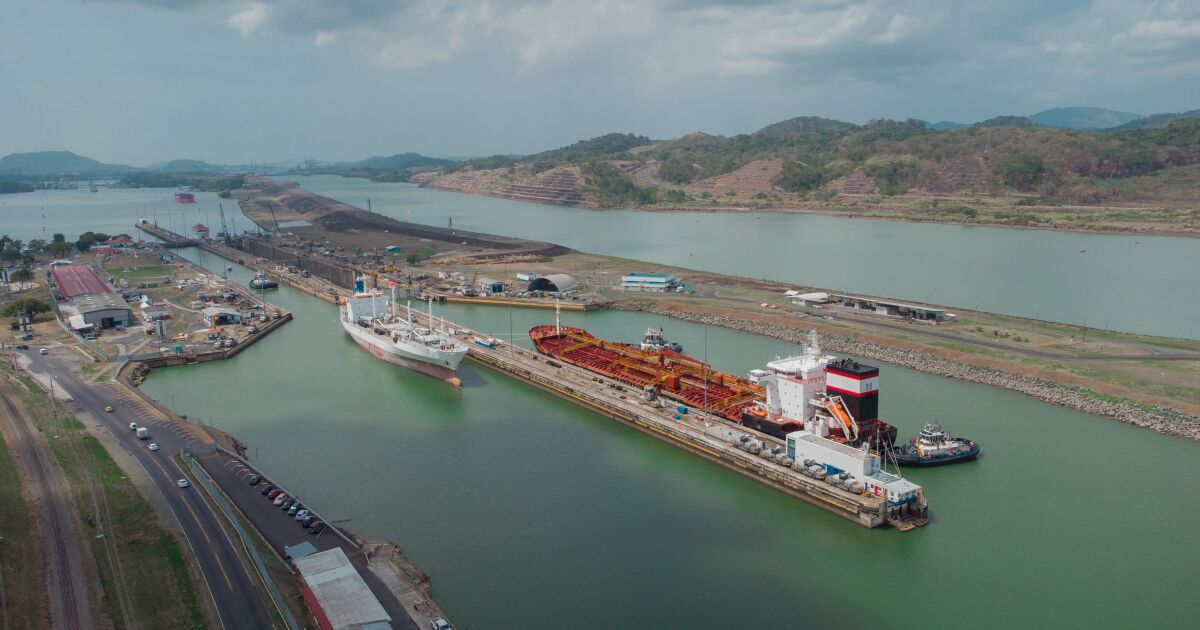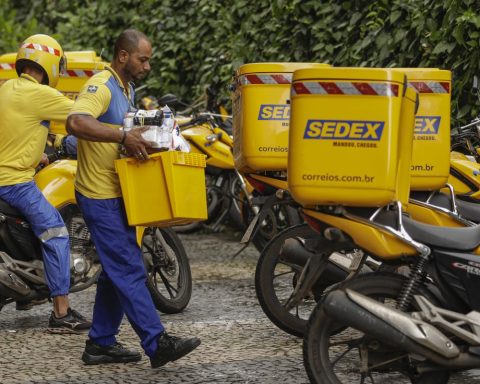The Asian giant is followed by Japan with 41.2 million tons, South Korea with 27.8 million and Chile with 27.4 million.
For its part, Mexicothe United States’ main partner, occupies the sixth position with 24.4 million tons.
In total, the Panama Canal facilitates the passage of approximately 3% of global maritime trade, although some logistics platforms place it at 6%. It connects 180 trade routes from 170 countries.
Despite its strategic importance, several countries such as Mexico, Colombia and Costa Rica have explored the possibility of developing projects that compete with this key international trade route.
What are the main trade routes?
According to the Panama Canal authority, the most important routes by tonnage are:
- East Coast of the United States – Asia
- East Coast of the United States – West Coast of South America
- West coast of South America – Europe
- South America Intercostal Route
- East coast of South America – Asia
Trump wants to control it
The president-elect of the United States has his sights set on the Panama Canal, saying he wants to control it again and does not rule out the use of military force.
The accusations made to justify this statement are that Panama charges excessive fees to the United States for passage; In addition, he accuses interference from China.
An article published by the American think tank, Atlantic Council, states that Trump’s concerns are valid, since Chinese companies such as Landbridge Group and CK Hutchison Holdings, based in Hong Kong, now operate ports at both ends of the canal.
And this presence raises concerns about the possibility of dual-use infrastructure and strategic maneuvering, particularly given China’s deepening ties with Latin America.
FreightWaves CEO Craig Fuller highlights in an article that this is not just an economic issue, as Trump’s statements reflect broader concerns about China’s growing regional influence.
“Since Panama diplomatically recognized China instead of Taiwan in 2017, Beijing has intensified its economic commitment, including major investments in infrastructure projects near the canal,” he says.
He adds that there are also security concerns about the possibility of China incorporating surveillance technology into the canal’s infrastructure, which could be used to monitor US naval and commercial movements.















